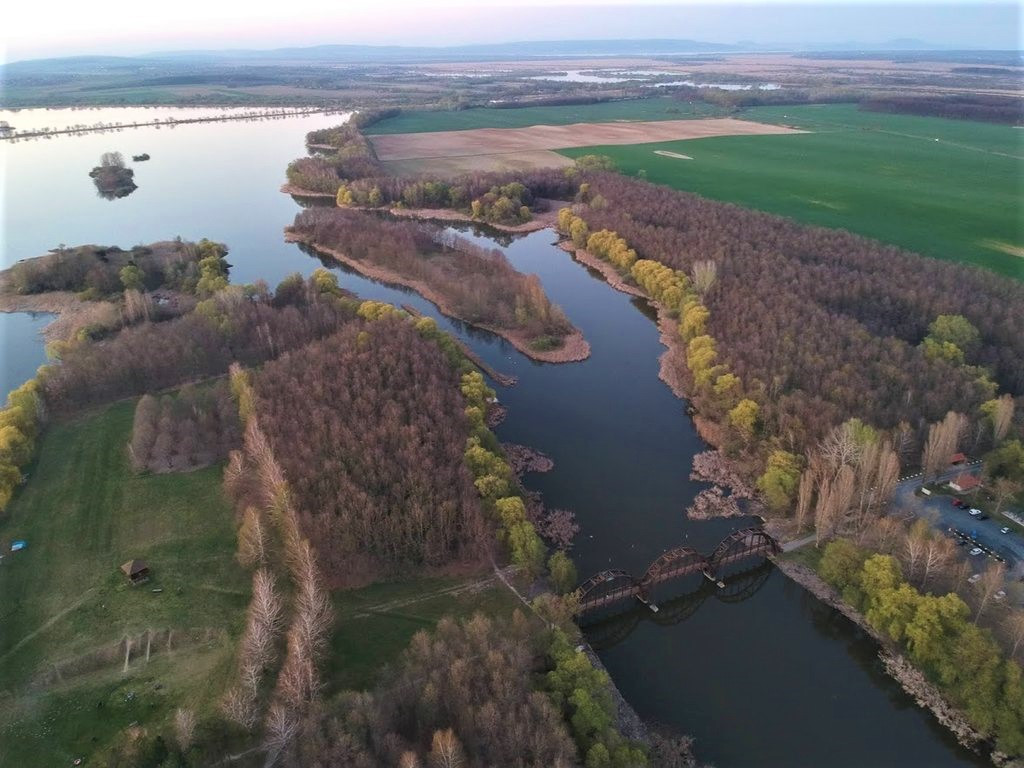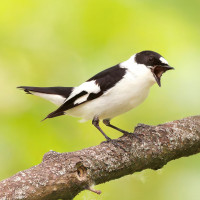Beschreibung
Kis-Balaton is a region southwest of Lake Balaton, rich in nature, a significant part of which is protected. The area is the estuary of the Zala River, which has always been a marshy area known for its significantly fluctuating water levels. The core area covers about 1800 hectares of water, reed and pasture areas. Up to 250 bird species have been observed here. The island of Kányavári is one of the most accessible areas of the Kis-Balaton Nature Reserve. Among the birds you can encounter in the area are Eisvogel, Bienenfresser, Moorente, Trauerseeschwalbe, Kuckuck, Zwergscharbe, Seeadler, Drosselrohrsänger, Rohrschwirl, Nachtigall and Halsbandschnäpper.
Details
Zugang
Kányavári Island is signposted along the road that connects Balatonmagyaród and Sármellék. The entrance to Kányavári-Island can be found at the outskirts of the municipality of Balatonmagyaród opposite to the Fenyvespuszta zoo. There is a parking for lot for cars (fee payable) and bicycles at the end of the poplar-paved road leading to the island. There is a wooden bridge just a few steps from the parking lot, over which you can reach the island. The visitors’ centre can be visited at no charge. Resting points provide benches. The is a look-out tower and a 2 km long ‘Crested Grebe’ educational trail.
_-_panoramio_(1).jpg)





